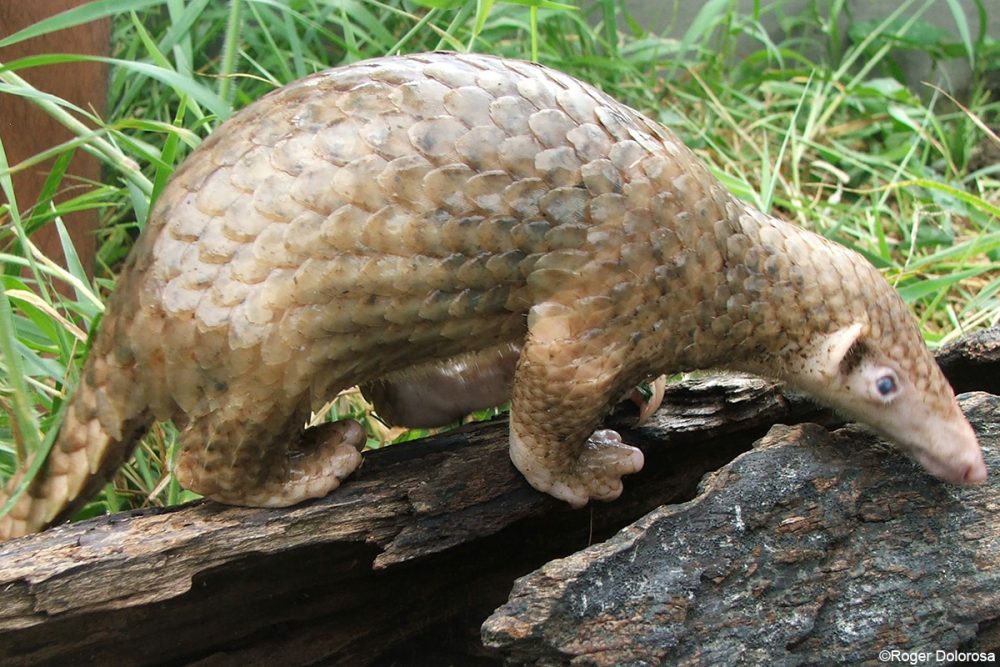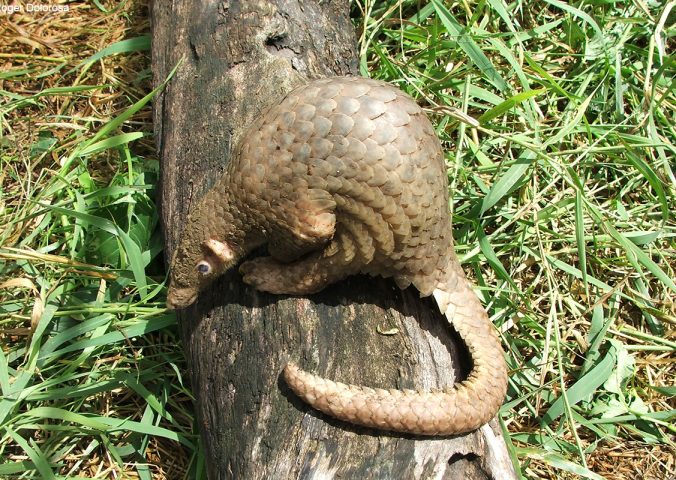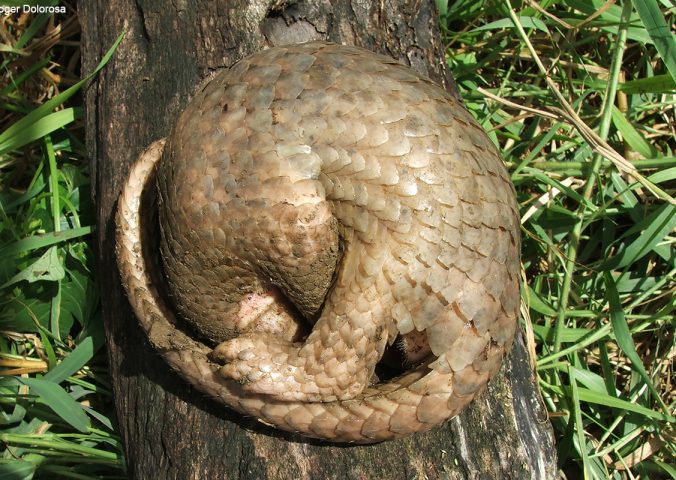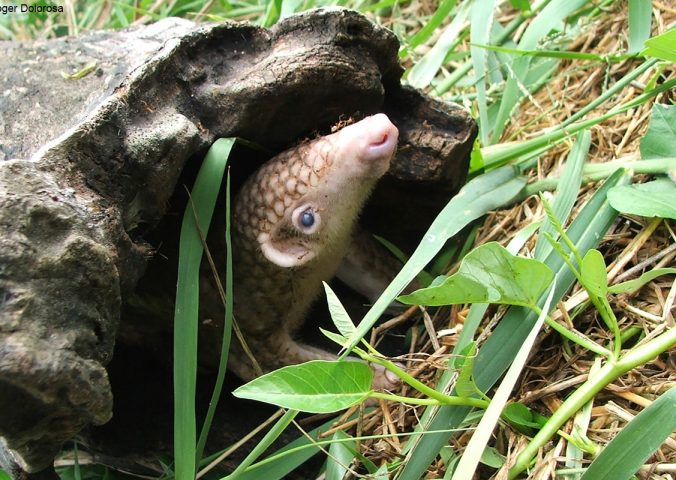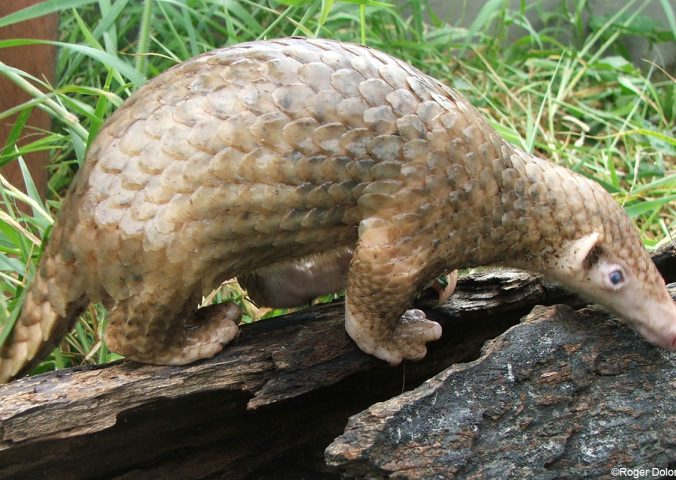About
It wasn’t until 1998 that the Philippine pangolin was recognised as a separate species to its close relative the Sunda pangolin.
The Philippine pangolin has been reported to have an affinity with fig trees, as these trees provide tree hollows in hide in and attract their primary source of food; ants. Pangolins are the most trafficked mammals in the world, despite an international ban on their trade. Pangolins or scaly anteaters are a group of unusual mammals with tough, protective keratin scales. They are trafficked both for their meat, and the unfounded beliefs that their keratinous scales have medical properties used in traditional medicine. The taxonomic order which pangolins belong to, Pholidota, is one of the smallest of the placental mammals, containing just one family, the Manidae, with eight living species. Four species are found in Africa and three in Southeast Asia.
- Order: Pholidota
- Family: Manidae
- Population: Unknown
- Trend: decreasing
EDGE Score
Distribution
Endemic to the Philippines, where it is found in the Palawan faunal region.
Habitat and Ecology
Philippine Pangolins’ are found in lowland primary and secondary forests, grassland mixed mosaics of agricultural lands and scrublands adjacent to secondary forests.
